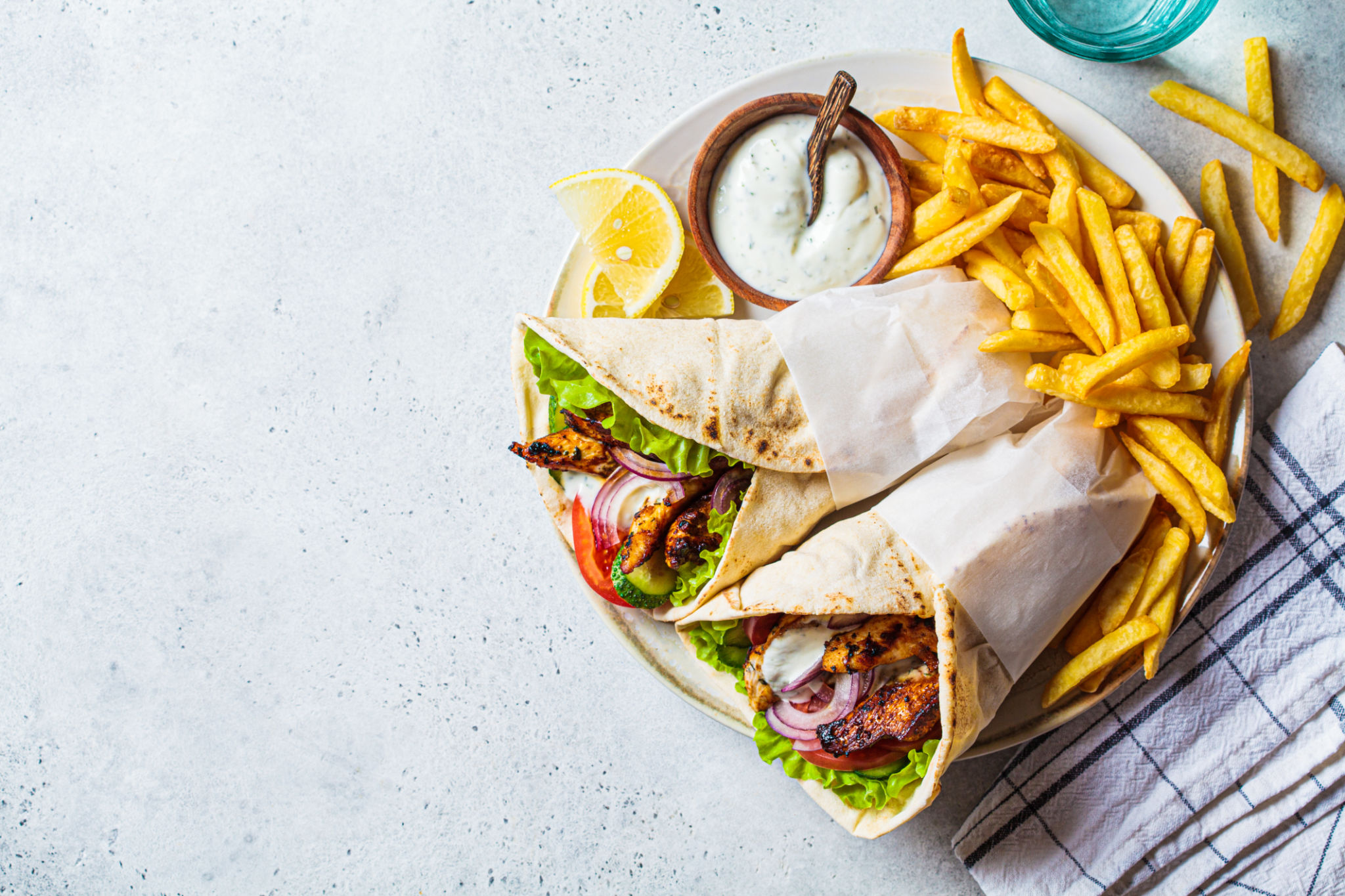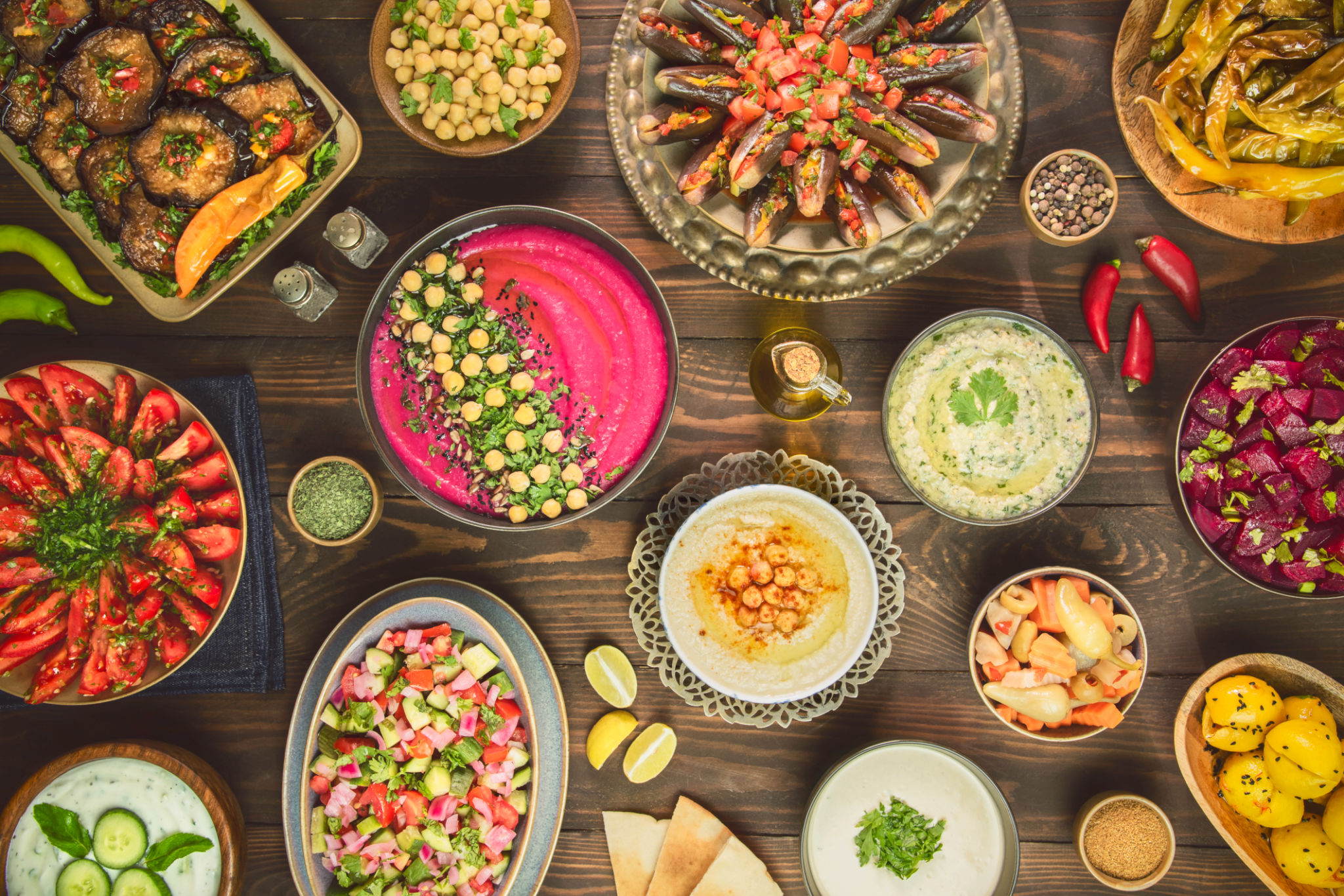Comparing Lebanese Cuisine with Egyptian Delicacies: A Dining Experience
Exploring the Richness of Lebanese Cuisine
Lebanese cuisine is renowned for its diverse flavors and vibrant colors, offering a delightful feast for the senses. At the heart of Lebanese cooking lies an abundance of fresh vegetables, grains, and aromatic herbs. Dishes like tabbouleh and fattoush are staples, providing a refreshing start to any meal. These salads are not only nutritious but also a burst of flavor, thanks to ingredients like mint, parsley, and sumac.
Another hallmark of Lebanese cuisine is its array of mezze, small dishes meant for sharing. This tradition fosters a communal dining experience, where family and friends gather around a table to savor a variety of flavors. Mezze can include anything from hummus and baba ghanoush to stuffed grape leaves and falafel, offering a taste of everything.

Signature Lebanese Dishes
Among the most celebrated Lebanese dishes is kibbeh, often considered the national dish. This savory delight is typically made from bulgur wheat, minced onions, and finely ground meat, usually beef or lamb. Kibbeh can be served in various forms, such as fried, baked, or even raw, known as kibbeh nayyeh.
Another beloved dish is shawarma, which has gained popularity worldwide. Thinly sliced marinated meat is roasted on a vertical spit and served with garlic sauce or tahini in flatbread. The combination of spices like cumin, cinnamon, and paprika gives shawarma its distinctive taste.

Diving into Egyptian Delicacies
Egyptian cuisine offers a different yet equally captivating culinary journey. Rooted in ancient traditions, Egyptian food features simple but hearty ingredients. Pulses like lentils and beans are dietary staples, often transformed into comforting dishes like ful medames and koshari.
Ful medames is a breakfast favorite made from fava beans simmered with oil, lemon juice, and garlic. It is typically served with eggs and pita bread. On the other hand, koshari is a popular street food combining rice, pasta, lentils, chickpeas, and a spicy tomato sauce, topped with crispy fried onions.

Distinct Flavors of Egypt
When it comes to flavors, Egyptian cuisine leans towards earthy and robust tastes. A key spice blend used extensively is dukkah, a mixture of nuts, seeds, and spices that adds texture and flavor to various dishes. It's often sprinkled over salads or used as a dip with bread.
Molokhia is another signature dish that reflects Egyptian culinary traditions. This green soup or stew made from finely chopped jute leaves is flavored with garlic and coriander. It pairs well with rice or bread and is often accompanied by meat or chicken.

Comparing the Dining Experience
While both Lebanese and Egyptian cuisines feature fresh ingredients and bold flavors, they offer distinct dining experiences. Lebanese meals often focus on light and refreshing dishes that emphasize shared enjoyment. In contrast, Egyptian food tends to be heartier, with rich stews and comforting staples that reflect its agricultural roots.
The cultural context of each cuisine also plays a significant role in shaping the dining experience. Lebanese mezze culture encourages conversation and leisurely dining, while Egyptian meals might reflect a more practical approach to nourishment.
Conclusion: A Celebration of Diversity
Both Lebanese and Egyptian cuisines offer a wealth of culinary treasures that are worth exploring. Each brings its unique traditions and flavors to the table, providing diners with unforgettable experiences. Whether you prefer the lightness of Lebanese dishes or the hearty nature of Egyptian fare, both cuisines celebrate the art of cooking with passion and authenticity.
In discovering these culinary delights, one not only indulges in delicious food but also gains insight into the rich cultures from which they originate. As you embark on your own culinary journey, remember to savor every bite and appreciate the stories behind each dish.

